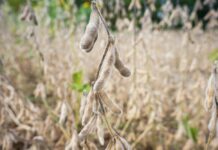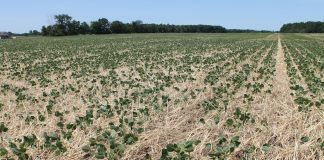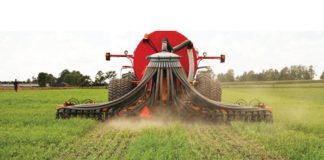Tag: water quality
Ohio farmers advocate for conservation
In 2020, The Nature Conservancy launched the Farmer Advocates for Conservation program. Through the program, farmers using conservation practices learn how to talk about the benefits they see from them, and encourage other farmers to give them a try.
OACI seeing new faces through farmer certification program
As H2Ohio rolls out, Ohioans are watching to see what kind of impact it has on the state’s water quality. To help measure that, the OACI is establishing baselines for conservation practices and ways to improve at both the farm level, and in watersheds.
Ohio bill to deregulate ephemeral features, federal rules uncertain
An Ohio bill that would deregulate some ephemeral features has moved to Gov. Mike DeWine’s desk, with mixed reactions from conservation groups. House Bill 175 will remove ephemeral streams, but not wetlands, from regulation under the state’s water pollution control programs.
Fence livestock out of a streams before it’s mandatory
The days of allowing livestock to have full access to streams are numbered as more regulations are set and the importance of clean water is emphasized
Ohio bill would set standards for PFAS in drinking water
If Ohio House Bill 365 were to pass, Ohio would join a handful of other states that have set limits on PFAS in drinking water.
Ohio watershed offers baseline for farmers’ conservation practices
The Ohio Agriculture Conservation Initiative offered a glimpse of exactly what conservation practices look like in the Lower Maumee watershed with an assessment survey report.
Be more aware of water in 2022
In unlucky parts of the world, clean drinking water is scarce or limited. Although many Americans don't face that issue, we need to conserve water.
Ohio could lead in water discussions, Ohio food policy summit speakers...
Addressing climate change and soil health and making sure programs work for small farms will be key for building more resilient local food systems, according to speakers at the Ohio Food Policy Network's summit.
Ohio State University lead partner in northwest Ohio watershed project
A new watershed project in northwestern Ohio will demonstrate that agricultural conservation practices can help meet Lake Erie's water quality goals.
Program to give private sector a shot at helping farmers cut...
Researchers are experimenting with a new, private sector program to pay farmers in the Western Lake Erie Basin to reduce their phosphorus runoff.


















